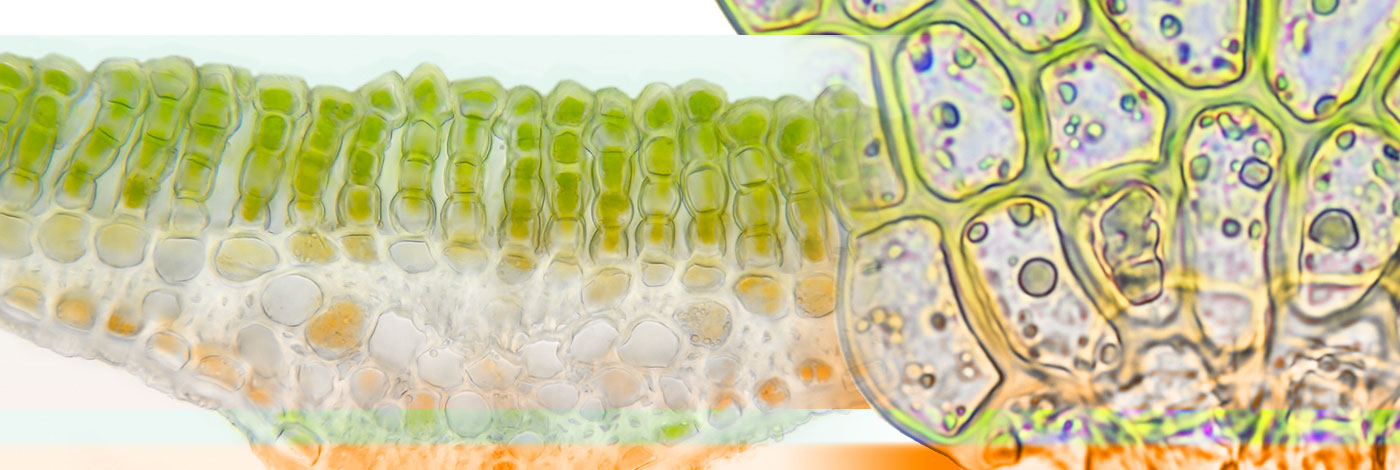
 Cryptogamie, Bryologie
35 (2) - Pages 165-172
Cryptogamie, Bryologie
35 (2) - Pages 165-172Effect of the forest gap on the physiology of forest-floor plants remains poorly understood. The present work explored the responses of a moss, Polytrichastrum formosum (PF), and a co-occurring fern, Parathelypteris nipponica (PN), to four treatments (control and three gap creations with size at 74 m2, 109 m2 and 196 m2 three replicates each treatment) in a 30-year-old spruce (Picea asperata) plantation forest according to the levels and components of non-structural carbohydrates (NSC). Our study revealed that PF significantly presented higher NSC levels at gaps than at the control. But the concentrations of starch and NSC for PN were lower at those gaps than at the control. The result confirmed the shade-tolerant moss PF can benefit from the varied environmental conditions after gap creation. In contrast, the disturbance might inhibit the photosynthesis of PN or increase its NSC translocation rate from source to sink organs. In summary, PF and PN had distinct responses of NSC levels to the gap formation for their different eco-physiological characteristics.